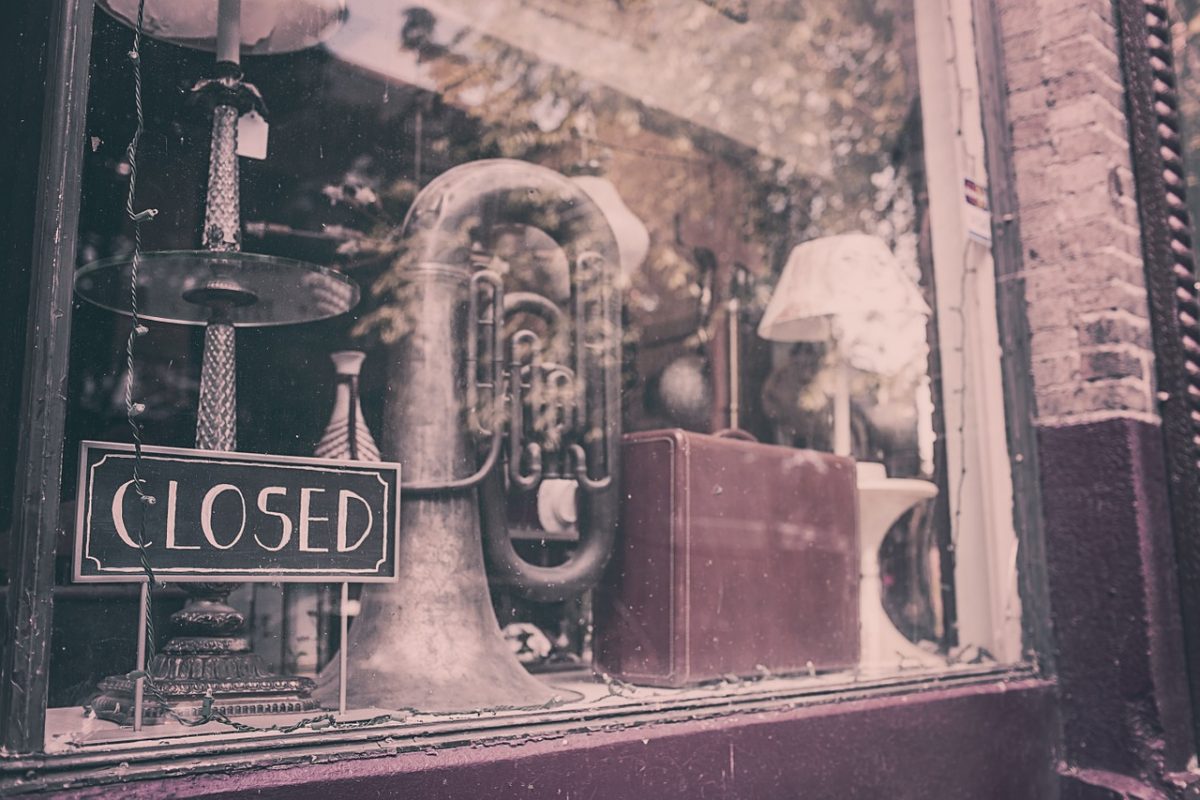As a retail owner or manager, you’ve probably heard of merchandising. But when it comes to breaking things down to their core products, everyone has a slightly different version of a definition based on their industry.
So, what is merchandising?
The basic definition is the promotion of the sale of any goods, typically through a good presentation in retail outlets. While technology is changing what this might look like, it still involves a combination of branding and promotion to encourage a sale.
This article will go through some basic concepts of retail merchandising.
The Five Rs (Rights) of Merchandising – The Basics of What You Need to Know
The five “rights” refer to different categories. Some outlets will tell you six, others may say four, but these five are almost always part of the conversation:
- Time
- Price
- Place
- Quality
- Quantity
Many of these requirements refer to you finding the proper display for your store merchandise. However, the remaining might refer to a perception of quality from the perspective of the customer. Let’s dig into what these refer to:
What is the Right Time?
If you’ve ever heard the term “strike while the iron is hot,” this is finding the right time. Prominently display new releases and items with quality shelving. Also, make sure that your merchandising Is appropriate for seasonal situations.
What is the Right Price?
The right price ensures that you pick something competitive. Many retailers assume that they have to beat out retailers for a lower price. However, providing a premium price is more suitable for products that target quality-central audiences.
Some people who are price-focused may see it as insulting when you try and offer someone a deal. Jewelry is an excellent example of how sales might turn some consumers off.
What is the Right Place?
The right place among the five Rs refers to the best placement for your items. For example, candy is always near checkouts in department stores.
Your best items are typically displayed front-and-center, regardless of your retail industry. Those items might vary depending on your target audience. Be aware of who shops in your stores by relating decisions to actionable data.
What is the Right Quality?
The right quality refers to relating to the tastes of your everyday shoppers. If you put a suit and tie on display when you sell casual low-cost clothes, you are going to confuse your audience.
The right quality also refers to the quality of your chosen display.
What is the Right Quantity?
The right quantity ensures that you balance out your supply and demand measures. Suppose you have an estimated sales account based on proven and accurate data. In that case, you should use that to determine how much inventory you need.
On the other hand, selling a small number of high-cost premium items gives you a reason to drive up the cost. Give the people what they want, but be sure that you think of your potential profit margin to make the most money.
Final Thoughts
Merchandising often refers to the at-store display of your products. A good presentation will focus on which of these Rs needs to be the highest quality area.
A display that emphasizes quantity will not be the same as a display that chooses quality. Regardless of your priorities, Store Fixtures Toronto will help you find the right fit for your needs.

